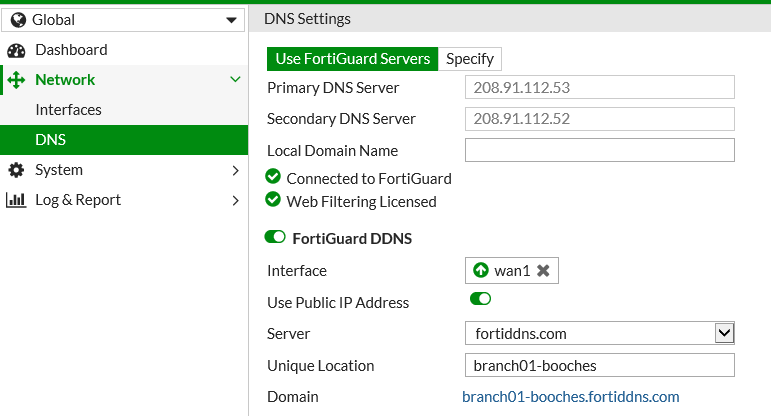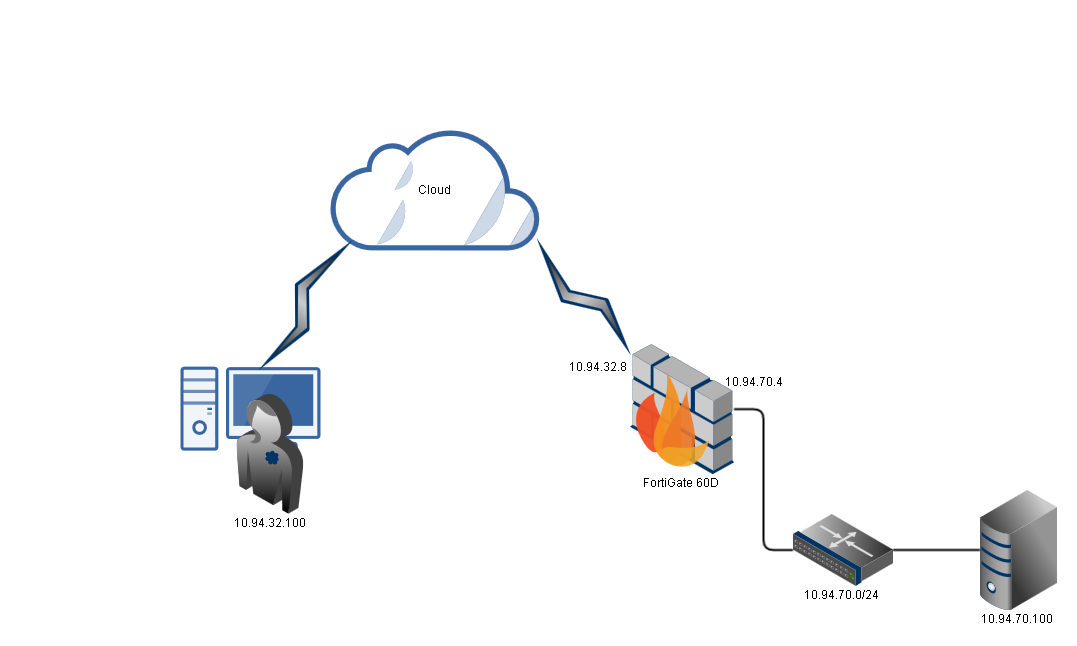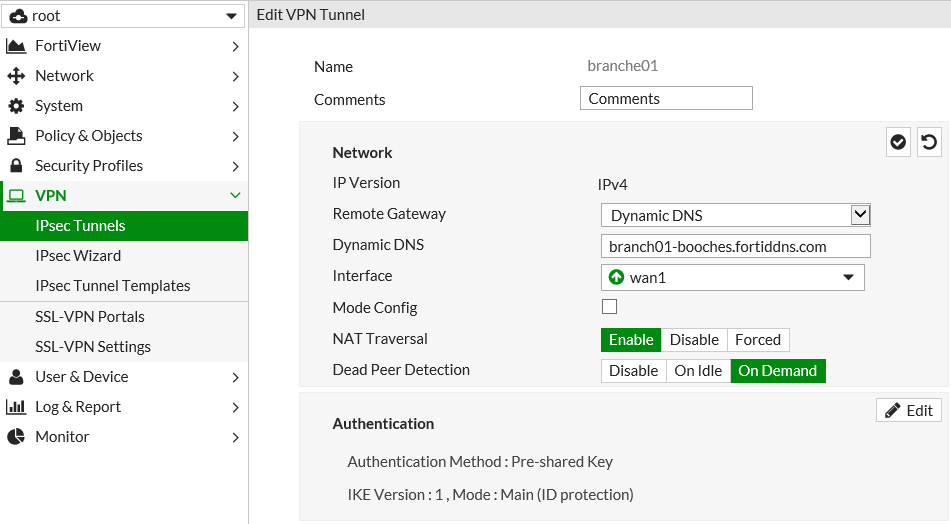
Go to Network > IPsec > Traffic Selectors and click Create… You have to configure the appropriate algorithm for your deployment. THe Fortigate versión in the lab (Virtual Edition) has few options. NOTE: I select NULL from the encryption algorithm because there is no matching algorithm between the test devices. In the IKE Phase 2 section set the following options: In the Tunnel Local Address type the IP address of the outside interface of the F5 system and in the Tunnel Remote Address type the IP address of the outside interface of the Fortinet system. Type a name for the IKE policy and select Tunnel from the Mode drop-down list in the Configuration section. Go to Network > IPsec > IPsec Policies and click Create…

In the Common Setting section leave default options. In the IKE Phase 1 Credentials section select Preshare Key from the Authentication Method drop-down list and set the appropriate key in the corresponding field. In the IKE Phase 1 Algorithms section set the following options: Type a name for the IKE Peer and the IP address of the outside interface of the Fortigate device in the Remote Address field. Go to Network > IPsec > IKE Peers and click Create… NOTE: The forwarding virtual server use the system routing table to route packets so you need a route to the remote LAN through the Fortigate device. Select *All Ports and *All Protocols from the Service Ports and Protocols drop-down list respectively. Select Network from the Type drop-down list in the Destination section and type 0.0.0.0 in the Address and Mask fields. Type a name for the virtual server and select Forwarding (IP) from the drop-down list.

Go to Local Traffic > Virtual Servers and click Create…

STEP 1: Creating the Forwarding Virtual ServerĬreate a forwarding virtual server to direct the traffic through the tunnel.

This is a basic network with a different LAN in each side, it’s not necessary to use NAT in the tunnel: SITE Describe the necessary steps to configure a site to site VPN tunnel between a F5 LTM and a Fortinet Fortigate.


 0 kommentar(er)
0 kommentar(er)
